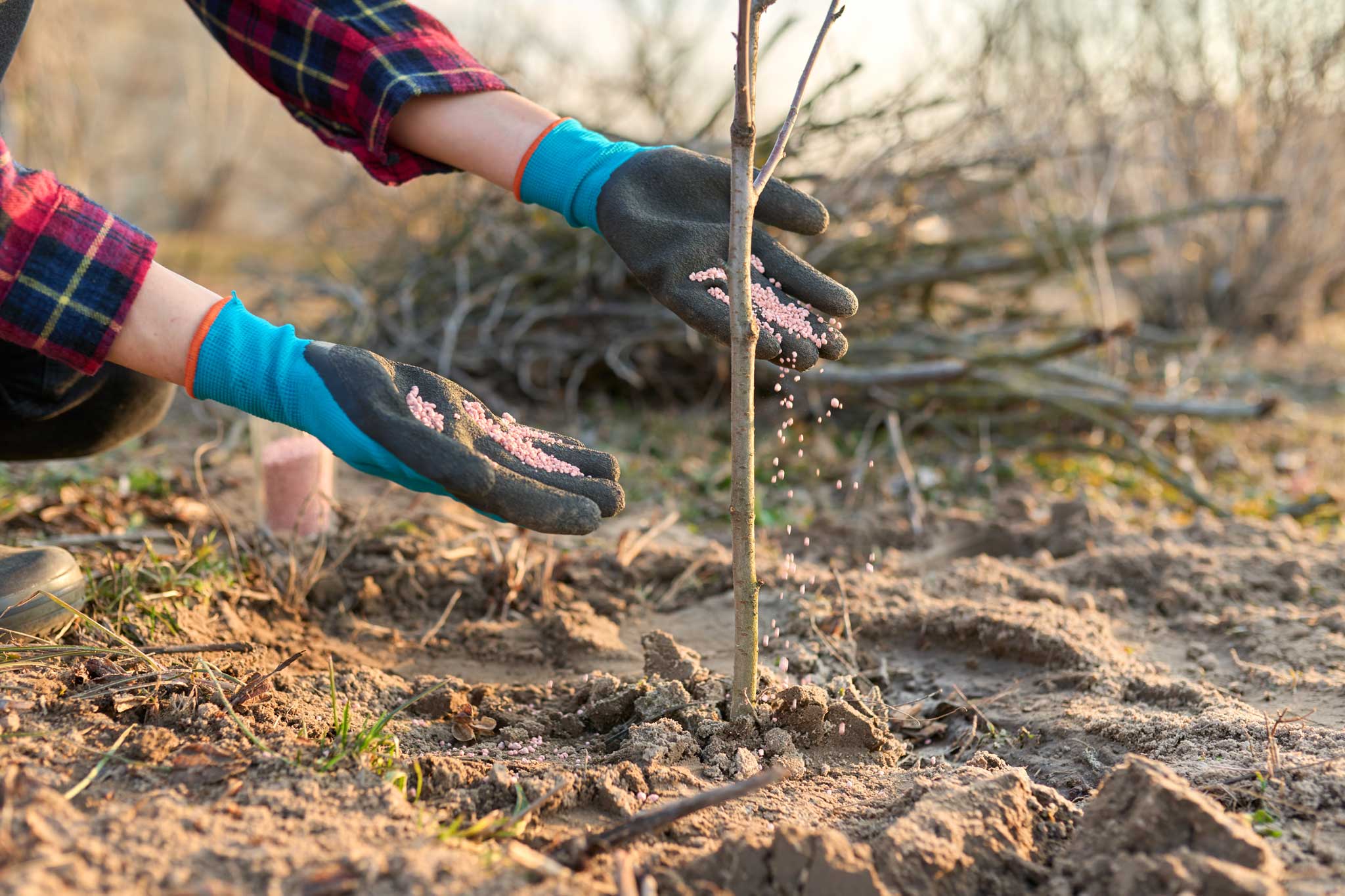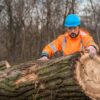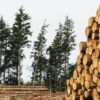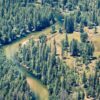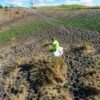Monthly Report - October 2024
The forest and woodlot harvesting sector in NZ has returned to reasonable wood flows on the back of some better export log prices. For the moment, a subdued production has resumed, and for those of us that survived the last 6 months, there is a tinge of “whew” in the air.
At the last count it is looking like 45 – 50 logging crews throughout NZ in the last 6 months have either called in the liquidators, or have pulled the pin before the banks vultures came in and grabbed what was left.
To be honest, we do not want or need that capacity back with markets well supplied and supply/demand in China particularly, close to balanced. China inventory is slipping below 3 million m3 and daily demand as at mid-October is running along at 60,000 m3 per day. Both are good numbers and should see stable pricing in the near term.
Recent lifts in log prices in China by US$2 – 4 per cubic metre, has resulted in small increases in NZ wharf gate prices with the market gains having been mostly been offset by a lift in shipping costs.
Exporters should be tempered in their negotiations remembering any recent gains are as much to do with the RMB strengthening against the US$ which has improved importer margins. In recent weeks the RMB is looking to have turned a pretty sharp corner and has been weaking against the US$, thus eroding margins.
The combination of weaker sales than previous year comparatives and currency movements, suggests you will not need your abacus to work out that keeping a cap on production in NZ and not being pushy about price will be highly important to NZ Forest growers in the near term.
Meanwhile India is now very much in the Log export supply mix with no less than nine log vessels either heading there or about to be loaded to head there from NZ. This volume is a clear oversupply situation and will need to be carefully managed to avoid price erosion.
Over the last 4 -5 months, India has been emerging as a solid and stable market. It is certainly offering NZ Forest growers some choices, albeit we can expect price trends to generally follow China. I would regard this key market as now having emerged as a developing opportunity. It is time for NZ to invest in market development and ultimately, volume expansion.
As a commercial forestry practitioner of the last 50 odd years, I was horrified at recent media reports suggesting the pending closure of the Smithfield Freezing Works was related to the loss of pastoral farming land due to conversions into commercial forestry.
This misrepresentation of the facts was entirely related to a B+LNZ report. This report suggested 250,000 hectares of sheep and beef whole farms have been sold to be converted into forestry since 2017, displacing some 2.125mil stock units. Even in a national stats context, this is total bunkum.
Locally, an independent study undertaken in 2023 focussed on land use in the central South Island with an emphasis on the commercial forestry area. This report confirmed there are 10,000 less hectares of land in commercial trees than there was in 2005.
The reality is of course the reduction in sheep & beef numbers in the region is almost entirely due to dairy conversions. A real shame the media have not picked up on this.
The commercial forestry sector is a legitimate and wise land use in NZ. It has been NZ’s third largest export earner across all wood fibre elements since the 1960’s. New Zealand’s future lies in wise and sustainable land use spreading our risk across a broad range of foods and fibres. Trees are a thoroughly reliable way of spreading risk whilst enhancing positive environmental outcomes.
There are thousands of hectares of land in NZ that should ideally be in commercial trees. It is farmers who should be encouraged to undertake that planting on land of lesser productivity and or where farming sheep or cattle has proven to be unprofitable.
It is high time organisations like B+LNZ and Fed Farmers got off the “lets bag forestry band wagon” and started to encourage profitability by including commercial tree crops in an integrated land use setting to achieve that.
As always, please remember the thoroughly important message, “despite the challenges, it remains, as always, fundamentally important, the only way forward for climate, country and the planet, is to get out there and plant more trees”!
Allan Laurie.
Laurie Forestry.

